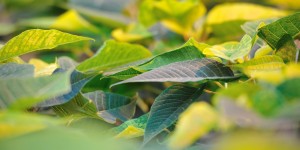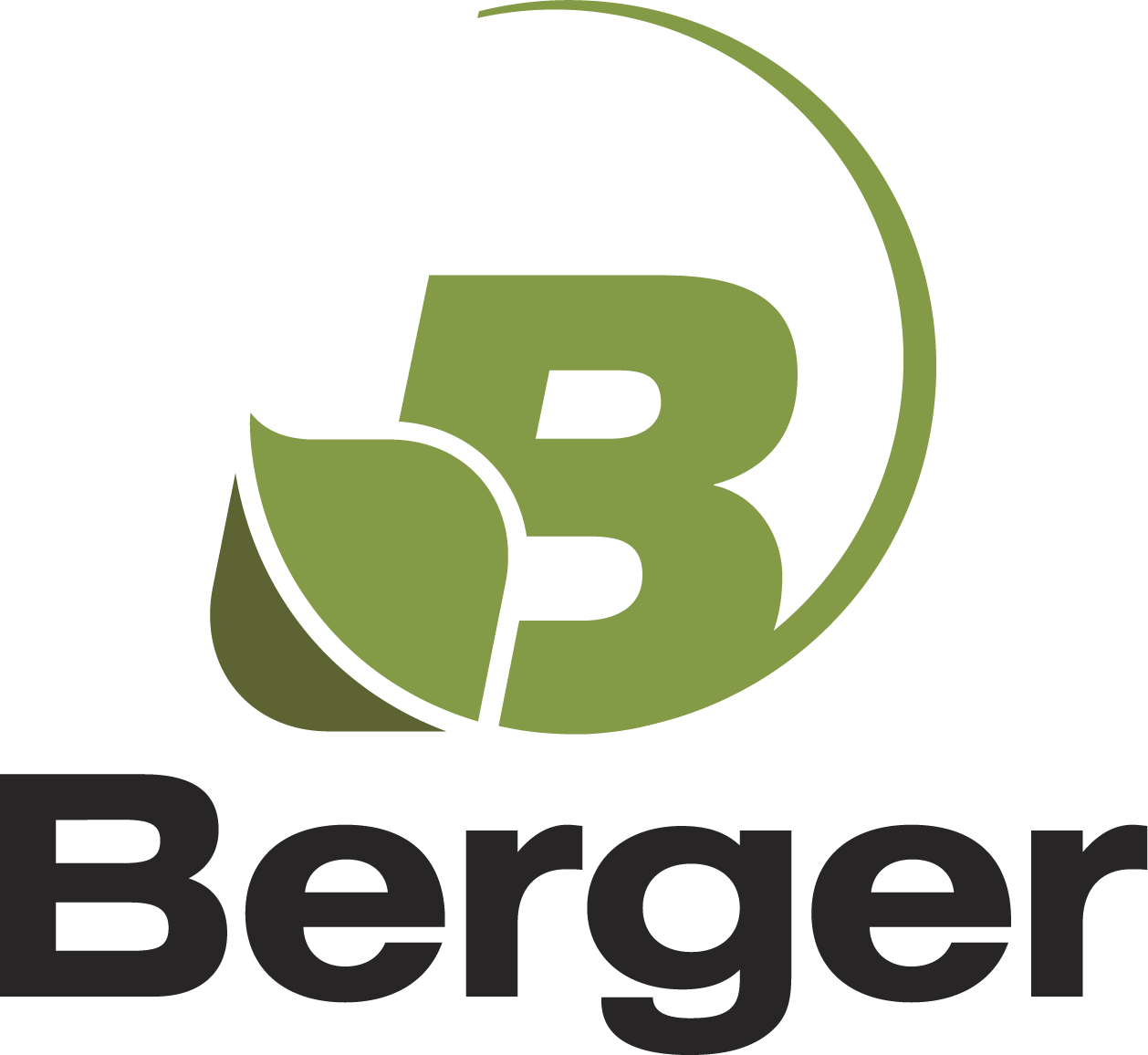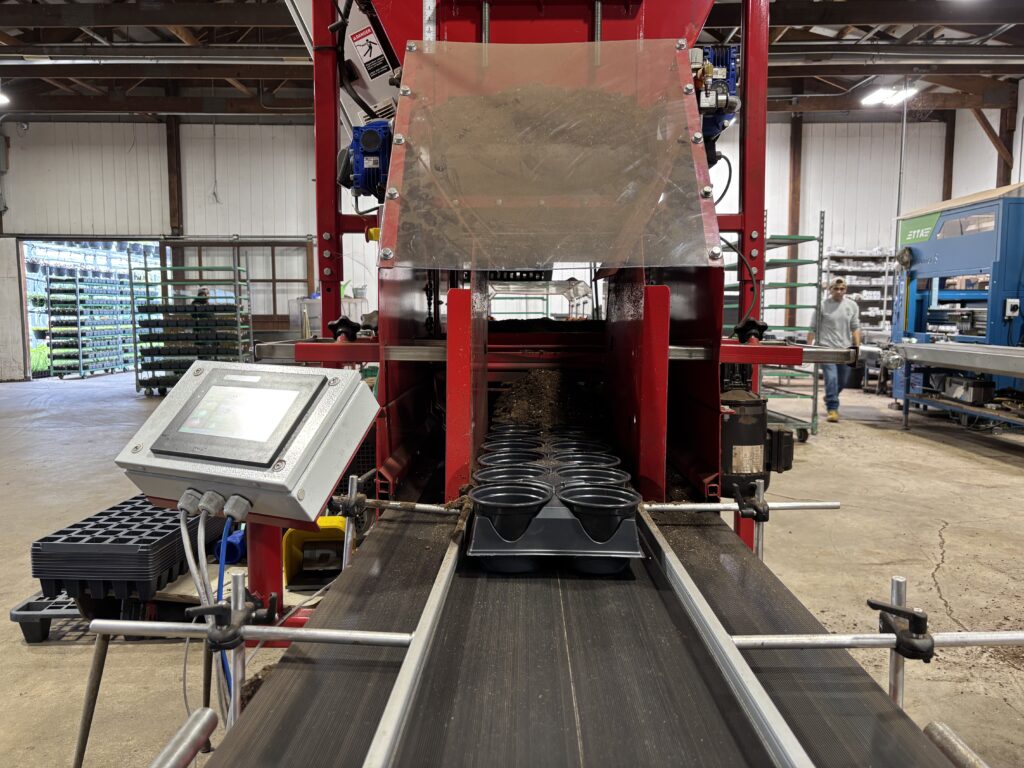Poinsettia Cultivation – Phase 5
By Brian Cantin, Senior Grower Advisor
As poinsettia growers, we cannot neglect practices that increase the post-production longevity of the plants we grow. The main objective is to produce a quality poinsettia at the proper stage of development. From mid-November until shipping, concerns such as fertilizing, watering, plant environment, root health, maturity and sleeving can all have profound effects on post-harvest quality once purchased by consumers.
Fertilizer Rates and Watering
Before plants are shipped, fertilizer salts should be reduced, but not to the point where fertilizer applications are totally eliminated. Monitoring salt levels throughout crop production allows the grower to respond to salt levels and reduce the rate by ½ or ¼ that used during early production. Root loss and bract edge burn can be avoided by gradually lowering the salts and reducing nitrogen feeding to 80–100 ppm. Water management during this final stage can often take a back seat to the frantic necessity of getting orders filled. Stay on top of watering to avoid letting conditions become too wet as multiple orders move through the same greenhouse over the course of the day. Saturated pots that are then placed into a pot cover can only drain into the pot cover itself. This moisture can create problems in closed boxes, as it provides the perfect environment for Botrytis to multiply and for Pythium to induce root loss.
Plant Environment
Weather conditions are usually deteriorating as we approach the end of the crop, and if we do not adjust to those changes many plants can be ruined in the last weeks before shipping. The poinsettias are often crowded at this point and thus more sensitive to Botrytis and other pathogens. Whenever possible, try to keep the air dry and circulating through the plant canopy. Heating and venting to reduce humidity is an added cost, but one that is much lower than the cost of losing a crop to Botrytis or powdery mildew.

Root Health
As mentioned earlier, during this final phase of poinsettia production, the hectic pace of packing and shipping can result in irregular watering practices. Root health should be monitored closely throughout the last 3 to 4 weeks of production. A fungicide drench may be warranted.
Maturity
Poinsettias have a much longer post-harvest life if sold when pollen is first visible. Cyathia that have shed all their pollen are past their prime and have less aesthetic appeal for the consumer. On the other hand, red cultivars will not achieve their full color if shipped at an immature stage. The maturity date for sales is definitely affected by the average daily temperature, so regulating day and night temperatures will help target the ideal maturity date, that is, the moment when the poinsettia are in prime condition regarding bract colour and visible pollen.
Sleeving
Sleeve plants for the shortest period of time possible so as to reduce epinasty. Try to avoid sleeving plants on a Friday for shipment on the following Monday, as plants left in a sleeve for too long will become droopy. The sleeving process itself should be done in a manner that allows the sleeved plants to be removed from the greenhouse as soon as possible. I have seen sleeved plants left on benches exposed to the sun, resulting in a build-up of condensation inside the sleeves and thus creating a humid atmosphere in the boxes, again conducive to the spread of Botrytis.

